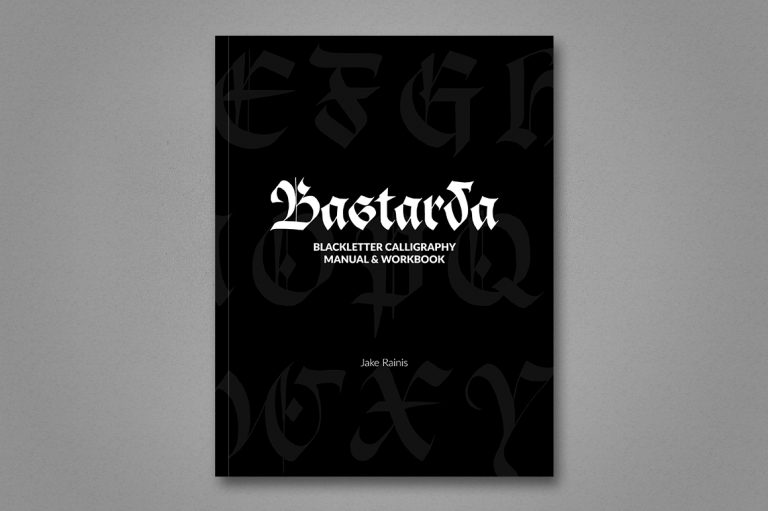

I’m starting to see blackletter appear for other uses too, but mostly as a design device where something unusual might be useful. As said, it’s mostly for certain kinds of things meant to evoke an old German look (beer labels are a good example), counter culture and bad boy imagery (metal bands, motorcycle gang looks), and newspaper masts, of course. I’m not sure why, but the use of blackletter type seems to be part of a current trend.
#IMPORTANT EVENTS USED BASTARD BLACKLETTER TYPEFACE FREE#
I finally gave up on fighting that battle as a game of Whack-A-Mole with the free font sites. He ripped off one of my early fonts, changed the meta data in the font file by removing my name, inserting his own, then uploading it to every free font distribution site in existence without even changing the name of the typeface. Steffmann is an old German guy who seems to have dedicated his later years to relabeling typefaces as his own. These are not his typefaces, nor did he have much, if anything, to do with their design. Now, about the supposed author of these two typefaces - Dieter Steffmann. There are plenty of Fraktur style typefaces where the y really does look like a y. Personally, I’d modernize the y a bit to make it look like what most people think a y should look like. You’re just not used to seeing a y that looks like an n with a tail on it, but with a little thought it’s easy to see how some German designer at some point going on whatever convention he was used to at the time considered a y to just be two thick vertical strokes, just like an n, only with a descender tagged onto the bottom of the right stroke. Look at the difference between the single- and double-story a or g - the double-story is completely different from the single story versions, yet they’re totally interchangeable to the degree that most people don’t even notice because they’re used to them. Lowercase letters developed much later than their Roman capital counterparts, and the letterforms have never been quite as standardized as a result. The style is characterized by the thick vertical strokes being broken up into sharp, angular pieces and connected by thin diagonal strokes and point-to-point connections that make the letters look fractured. The name Fraktur means just what it sounds like - fractured letters. The blackletter faces that you’ve posted are variations of a blackletter style called Fraktur (which is a much broader category of blackletter than today’s typeface named Fraktur).

Seriously, that’s pretty much the reason.īlackletter is difficult to read, but it has a long, complicated history that involves lots of different styles coming together that tend to get scrunched into the broad, generic label of blackletter. I don’t mean to be flippant, but it’s because the designer designed them that way.


 0 kommentar(er)
0 kommentar(er)
